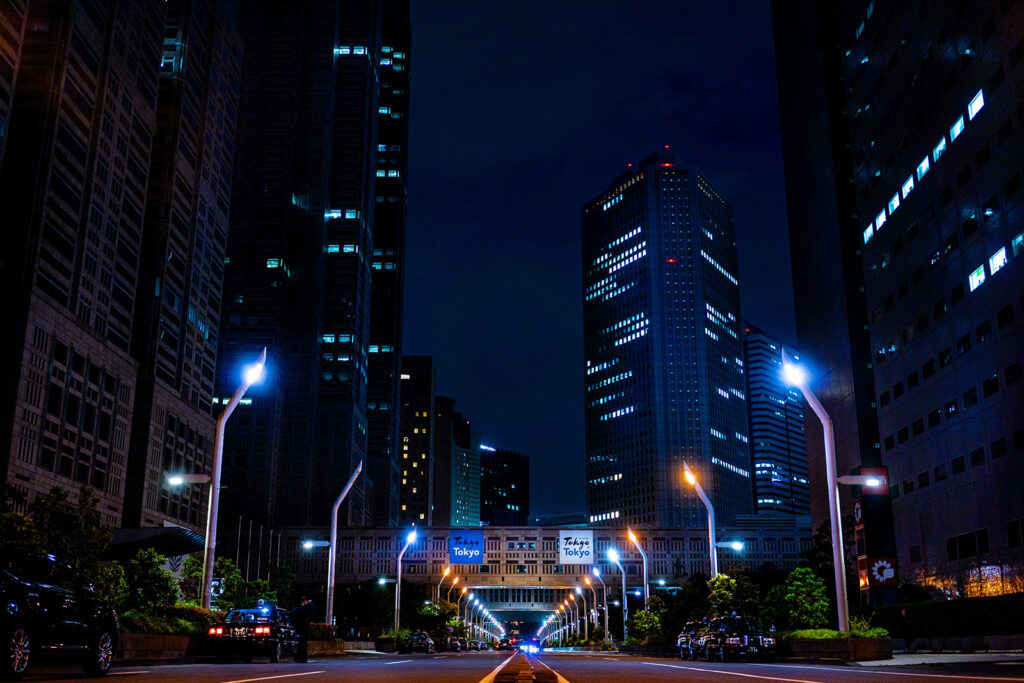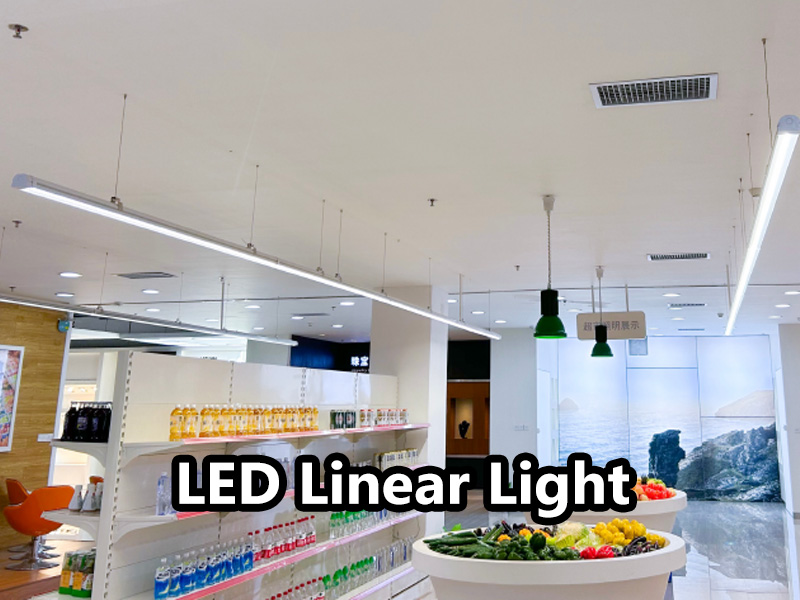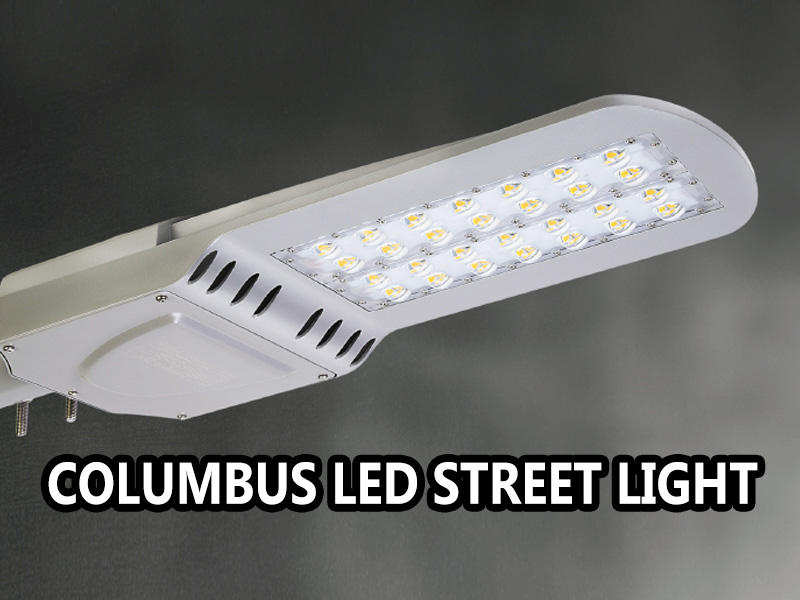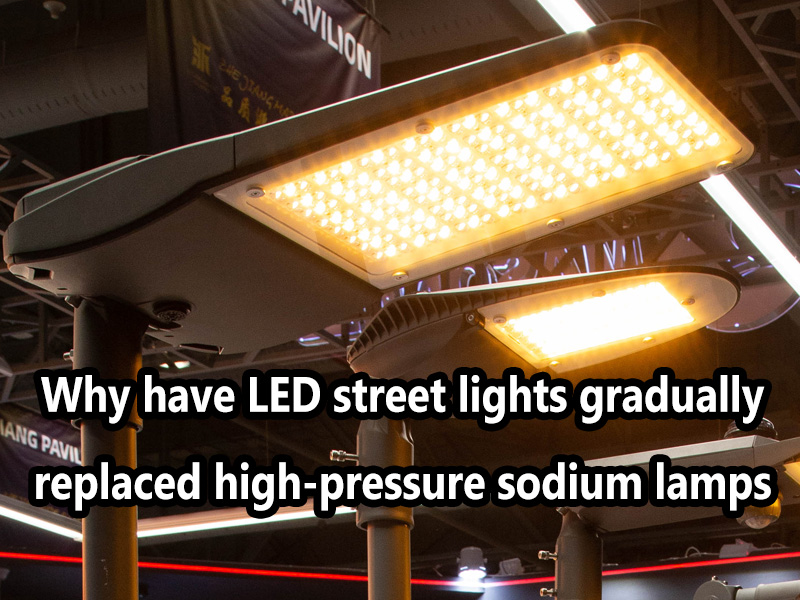Table of Contents
Toggle- Intelligent Control of LED Street Lights: Illuminating the "Neural Endpoints" of Smart Cities
- I. The Technical Core of Intelligent Control: Synergy of Sensing, Connectivity, and Decision-Making
- II. Four Core Functions: Comprehensive Cost Reduction and Efficiency Improvement, from Energy Savings to Maintenance
- III. Implementation Scenarios: From Municipal Roads to Specialized Areas, Adapting to Diverse Needs
- IV. Future Trends: Smarter, Greener, and More Integrated
Intelligent Control of LED Street Lights: Illuminating the "Neural Endpoints" of Smart Cities
Amid the wave of smart city development, LED street lights are undergoing a transformative upgrade from “simple illumination” to “intelligent interaction.” At the heart of this transformation lies the intelligent control system. Supported by technologies such as the Internet of Things (IoT), sensors, and cloud computing, these systems enable street lights to transcend their basic “light-emitting” function, becoming critical nodes that connect urban management, energy conservation, and public services—reshaping the ecological value of outdoor lighting.
I. The Technical Core of Intelligent Control: Synergy of Sensing, Connectivity, and Decision-Making
The operation of an LED street light intelligent control system relies on the efficient collaboration of a “three-layer architecture”:
Sensing Layer: Light poles are equipped with integrated devices such as light sensors, microwave radar sensors, and passive infrared sensors to collect real-time environmental data—such as light intensity (to distinguish day/night or cloudy/sunny conditions), road traffic/pedestrian flow (to identify congestion or empty states), and even environmental parameters like temperature, humidity, and PM2.5. This data forms the foundation for subsequent adjustments.
Network Layer: Utilizing wireless communication technologies like LoRa, NB-IoT, and 4G/5G, data collected by the sensing layer is transmitted to a cloud management platform. Simultaneously, control commands from the platform are received, enabling bidirectional “light-cloud” data exchange with response delays controlled within seconds.
Application Layer: The cloud platform possesses capabilities for data storage, analysis, and decision-making. Based on preset strategies (e.g., time periods, pedestrian flow thresholds) or manual operations by management personnel, it automatically generates commands for dimming, fault detection, data statistics, etc., enabling precise control of individual lights or groups of street lights.
II. Four Core Functions: Comprehensive Cost Reduction and Efficiency Improvement, from Energy Savings to Maintenance
Dynamic Dimming: Allocating Energy Consumption “On Demand”
Traditional street lights operate in an “all-night constant brightness” mode, running at full power regardless of the presence of vehicles or pedestrians, resulting in significant energy waste. Intelligent control systems enable “on-demand dimming”:During dusk or dawn when natural light is low, brightness is automatically adjusted to 70%-80% to meet basic lighting needs.
Late at night (e.g., 11:00 PM – 5:00 AM), when traffic drops significantly, brightness is reduced to 30%-50%, avoiding energy waste from “lighting empty roads.”
When radar detects approaching vehicles or pedestrians, brightness can quickly increase to 100% within 1-2 seconds, ensuring safe passage, and gradually decrease after they pass.
Estimates show that this dynamic dimming model can reduce energy consumption by 40%-60% compared to traditional street lights, significantly cutting municipal electricity costs over time.
Remote Maintenance: Eliminating the Inefficiency of “Manual Inspections”
Traditional street light maintenance relies on manual patrols and inspections, which are time-consuming and labor-intensive (especially in remote areas or complex road networks) and often lead to delayed fault detection, impacting road safety. Intelligent control systems enable “remote and automated maintenance”:The cloud platform monitors real-time operating parameters such as voltage, current, and power for each street light. If faults like short circuits, overloads, or excessive light decay (brightness below 70% of initial value) occur, the system triggers an alarm and precisely locates the light pole (with an error margin of no more than 5 meters).
Supports remote “diagnosis and repair.” Simple faults (e.g., software parameter abnormalities) can be resolved directly via platform commands without on-site personnel. For complex faults, maintenance orders are generated and assigned to nearby technicians, significantly reducing repair time (from the traditional 24-48 hours to 2-4 hours) and lowering labor costs.
Data Feedback: Providing Decision-Making Support for Urban Management
Data collected by the intelligent control system—such as traffic flow, pedestrian flow, and environmental parameters—can be transformed into valuable insights for urban management:Traffic flow data can analyze congestion periods and road sections, assisting transportation departments in optimizing traffic signal timing or planning traffic management strategies.
Pedestrian flow data can be used for passenger statistics in commercial districts, scenic spots, and other areas, supporting business layout or public service facility placement.
Environmental data like PM2.5, temperature, and humidity can supplement urban air quality monitoring networks, helping environmental departments grasp regional environmental conditions in real time.
Functional Expansion: From “Street Lights” to “Multi-Functional Poles”
Leveraging the compatibility of intelligent control systems, LED street light poles can integrate additional public service functions, becoming “smart city multi-functional poles”:Equipped with charging piles to provide roadside charging for electric vehicles.
Equipped with emergency broadcast modules to relay early warning information during disasters or public emergencies.
Installed with video surveillance cameras to assist public security patrols and enhance public safety.
Reserved 5G micro-base station interfaces to provide low-cost deployment carriers for urban 5G network coverage (eliminating the need for separate base station towers).
III. Implementation Scenarios: From Municipal Roads to Specialized Areas, Adapting to Diverse Needs
Intelligent control of LED street lights has already been widely applied in various scenarios:
Municipal Arterial Roads: Dynamic dimming based on traffic flow balances energy savings and traffic safety. For example, after upgrades to arterial roads in cities like Beijing and Shanghai, annual electricity cost savings for a single road exceeded one million yuan.
Communities and Campuses: Adjusting brightness based on pedestrian flow reduces disturbances to residents late at night, while video surveillance and emergency broadcasts enhance community safety management.
Scenic Spots and Rural Roads: Remote scenic areas adopt solar-powered intelligent control solutions, using light and motion sensors to achieve “unmanned” lighting, saving grid power costs and ensuring safe nighttime passage for tourists.
Tunnels and Bridges: Gradual dimming at tunnel entrances, synchronized with light sensors, prevents visual blind spots caused by sudden light changes when vehicles enter or exit tunnels, improving driving safety.
IV. Future Trends: Smarter, Greener, and More Integrated
With technological advancements, intelligent control of LED street lights will evolve in three directions:
AI-Enabled Autonomous Decision-Making: Integrated with artificial intelligence algorithms, the system can autonomously learn the lighting needs of different scenarios (e.g., traffic flow changes during holidays, seasonal variations in daylight duration), achieving “self-optimizing” dimming without manual preset strategies.
Integrated “Light-Storage-Charging”: Combining solar panels and energy storage batteries with intelligent control enables “energy storage during the day and discharge at night,” while also powering charging piles. This creates a closed loop of “new energy + lighting + charging,” further reducing reliance on traditional power grids.
Cross-System Collaboration: Deep integration with urban traffic management systems, emergency command systems, and environmental monitoring systems. For example, when street lights detect a traffic accident, they can automatically increase brightness in the surrounding area and simultaneously send the accident location to traffic departments, enabling “multi-system coordinated response.”
From “lighting up” to “smartening up,” intelligent control of LED street lights is not merely a technological upgrade for outdoor lighting but also a “low-cost entry point” for smart city development. With minimal infrastructure investment, it unlocks multiple values—energy conservation, improved maintenance efficiency, and expanded public services—making every street light in the city a “neural endpoint” that illuminates the path to a smart future.






